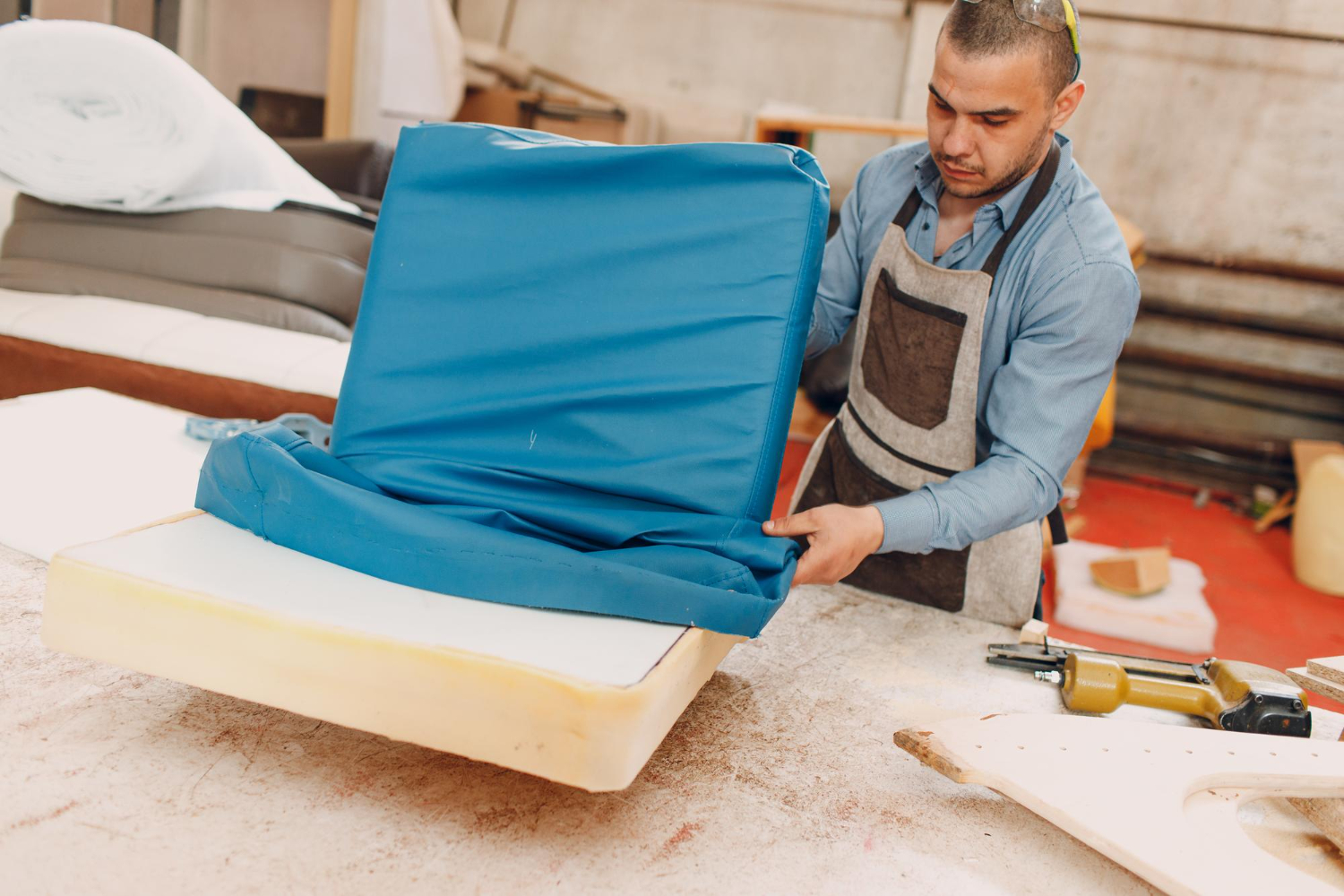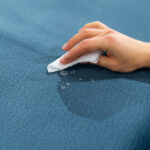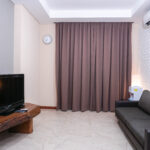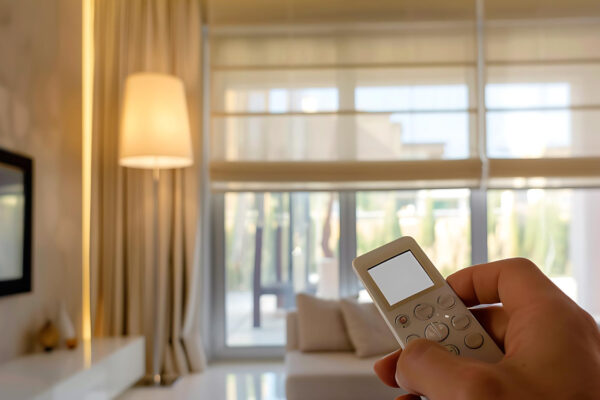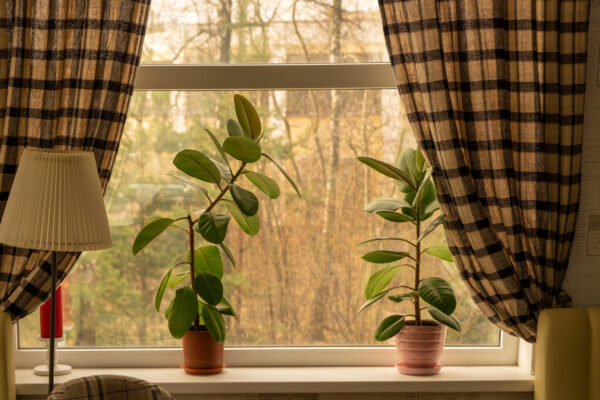What Is the Best Foam for Sofa Cushions? Expert Guide
Table of Contents
If you’re wondering what the best foam for sofa cushions is, the answer depends on how much comfort, durability, and support you need. However, in most cases, HR 35kg/m³ and 40–50kg/m³ density foams are considered the best due to their long-term performance and resilience.
To make the right choice, it’s essential to understand the different types of foam used in sofas. Lower-density foams may feel soft but lose shape over time — much faster than high-quality ones. Below, we break down the common foam types based on their density, helping you buy with clarity and confidence.
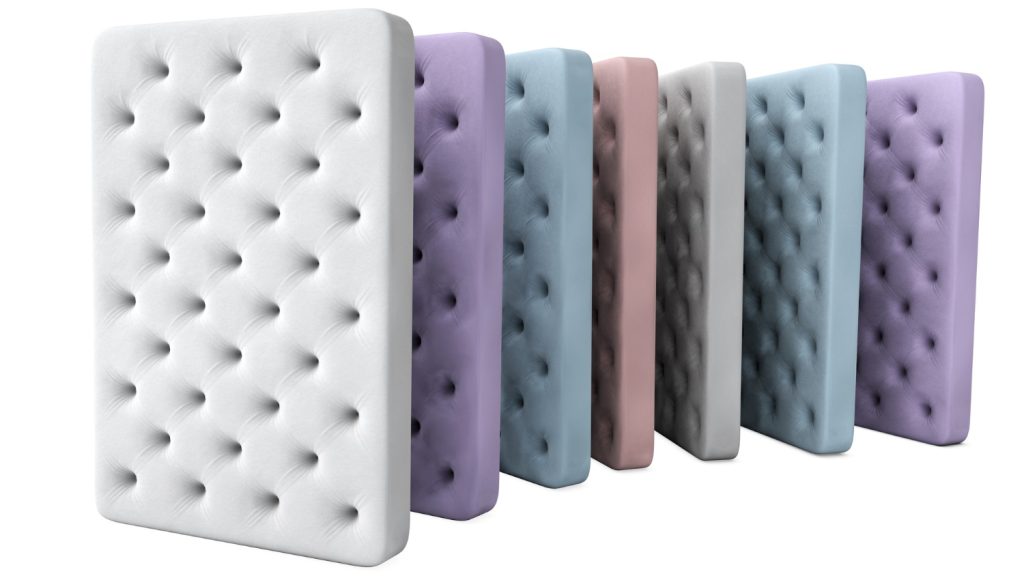
Types of foam density for sofas
You should note that manufacturers usually use polyurethane foam to make most sofas because of its useful properties and characteristics. Now, this foam — also known as polyurethane foam rubber or simply foam — Can have different densities, and its hardness can be higher or lower because it varies depending on the particles contained in the sofa foam filling per cubic meter. If we classify sofa foam based on its density, we will find the following types:
- 20kg/m³ density foam. This lowest-density foam provides softness and firmness but is not the most suitable for sofa seats. However, it is very suitable for backrests, as this part does not have to bear the same weight as the seat. Depending on the manufacturer, it can be white or yellowish.
- 25kg/m³ density foam. This medium-density foam offers little flexibility, cushioning, or resilience. It is typically made for use in very lightly used seats or sofa beds. Its colour is blue.
- Green 30kg/m³ Manufacturers use this foam density for standard and conventional sofas. It is soft and provides a fairly acceptable firmness.
- 35kg/m³ Manufacturers design this density foam for high-quality sofas. This density allows for more intensive use and provides more softness when sitting.
- 40kg/m³ density foam. Although it feels firm when sitting, it has a good rebound and is soft and comfortable. Manufacturers use this foam density to make high-quality sofas.
- 50kg/m³ density foam. Despite its firmness, it has an excellent rebound and recovery capacity. It provides exceptional comfort and durability for high-quality, heavily used sofas.
- HR 30 and 35 kg/m3 density foam. This type of foam is best known for its firmness, maximum recovery, and durability. Recent technology has made it possible to produce these high-density foams more easily than before. They meet the expectations of even the most demanding customers, create excellent-quality sofas, and provide maximum performance. Manufacturers usually produce them in purple.
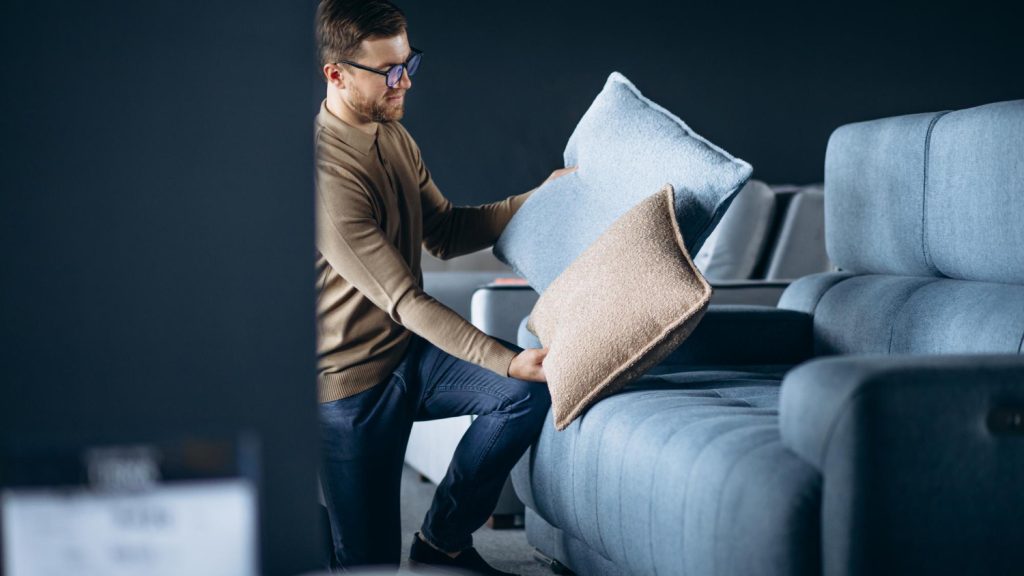
Advantages and Disadvantages of Various Sofa Foam Types
Sofa Foam durability and sustainability
The durability of sofas varies significantly based on the type of foam used. Polyurethane foam gives a nice balance of comfort and support, but latex foam lasts longer. Memory foam can wear out, especially with frequent use.
Best Foam Types for Comfort and Support
Comfort is personal and can vary widely. Some people choose polyurethane foam because it gives firm support, while others like latex foam for its soft, flexible feel. Memory foam offers unparalleled comfort but can be too hot for some people.
- Polyurethane foam: Good for everyday seating, high quality, stable and adaptable.
- Latex foam: Ideal for environmentally conscious buyers and people with allergies.
- Memory foam: Excellent for people with special physical needs.
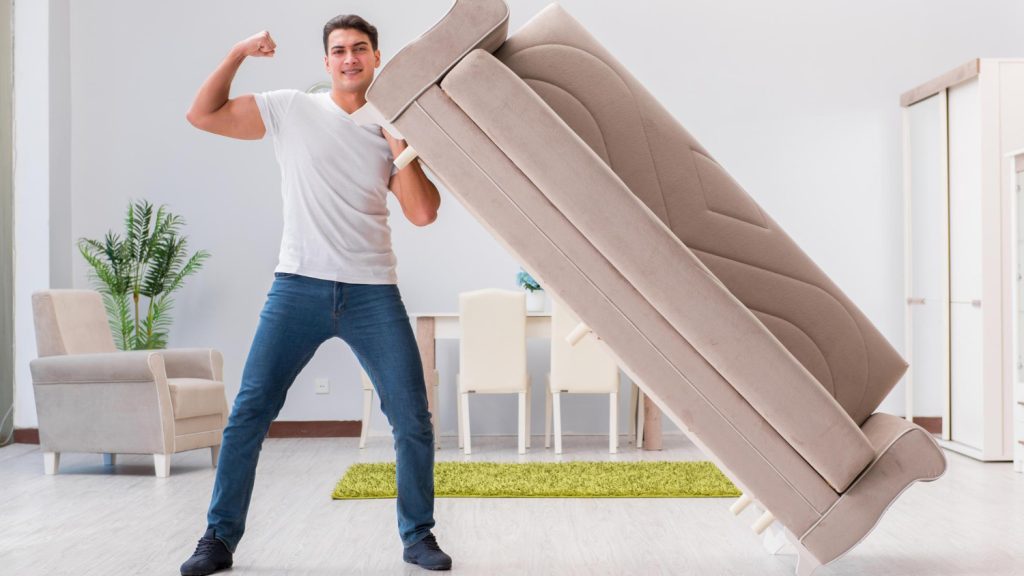
Tips to extend the life of your Sofa foam
To extend the life of your Sofa foam, you can consider the following tips:
- Use a sofa rail to protect the foam from damage.
- Rotate the pillows regularly to ensure even decay.
- Keep the sofa away from radiators and other heat sources to avoid damaging its material.
Conclusion
A sofa is where we seek comfort at the end of the day, sit together when guests come, and often spend hours chatting. We sit, lean back, and rest every day—the foam in a sofa endures the pressure of day after day. This is where the foam’s density, recovery capacity, and durability become important.
In real life, we often buy a sofa just by looking at the exterior design, but after a few months, the foam wears out, and the comfort is gone. That’s when we regret it—”Oh, if only I had known earlier!” This article has prepared you for that mistake by clearly explaining which foam works best for each purpose and where to use it.
Choosing the right foam is not just about comfort for now but also about ensuring comfortable use for the next 5-7 years. So, check the interior’s quality and the beauty of the eyes—then you will get a sofa that will not only be furniture but also become a part of everyday comfort.
Author


